A design journey: a new book explores Vladimir Kagan’s half-century career

Vladimir Kagan’s career spans over half a century, yet the German-born American designer’s aesthetic still feels as fresh as the day it was first created. A Lifetime of Avant-Garde Design is exactly that, a book filled with biographical detail and archive imagery, including some charming juvenilia.
Kagan’s story is a journey, first from émigré designer and skilled cabinetmaker in his father’s New York business through to promising student and then standalone star designer, making his name in a world giddy for modern form. Kagan certainly delivered on the latter. From his earliest commissions onwards he worked in the heart of the progressive establishment, creating furniture for the United Nations in New York, for Disney, General Electric and GM. His streamlined forms explored wood as a sculptural element, all seductive curves and twists, without ever losing sight of the craft and skill needed to construct them.
Kagan evolved into the pop designer par excellence, his work garlanded with awards and commissioned by cutting edge architects and big name entertainers. Throughout his career, Kagan taught and consulted, always finding his way through changing styles and tastes with remarkable aplomb. Perhaps unsurprisingly, the mid-century frenzy that kicked off in the noughties saw the pendulum swing back towards the forms and materials of his earlier works, upping their values, bolstering his name and bringing him back into the industry fold as a much revered and respected elder statesman. With a preface by Tom Ford and a foreword by Zaha Hadid – both indicating the esteem in which he’s held – Kagan’s practice continues to inspire and intrigue.
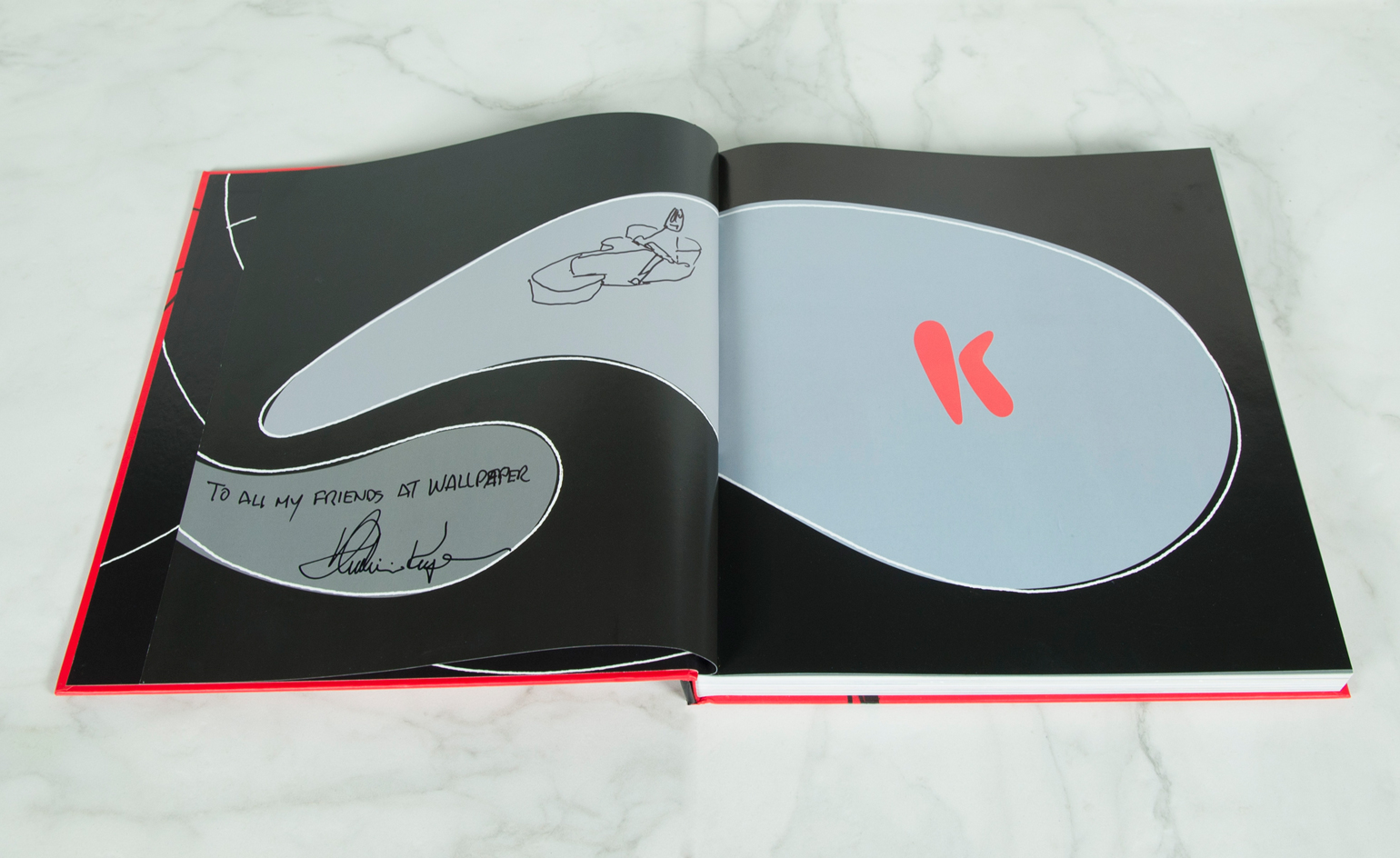
Kagan kindly dedicated a copy to everyone at Wallpaper*
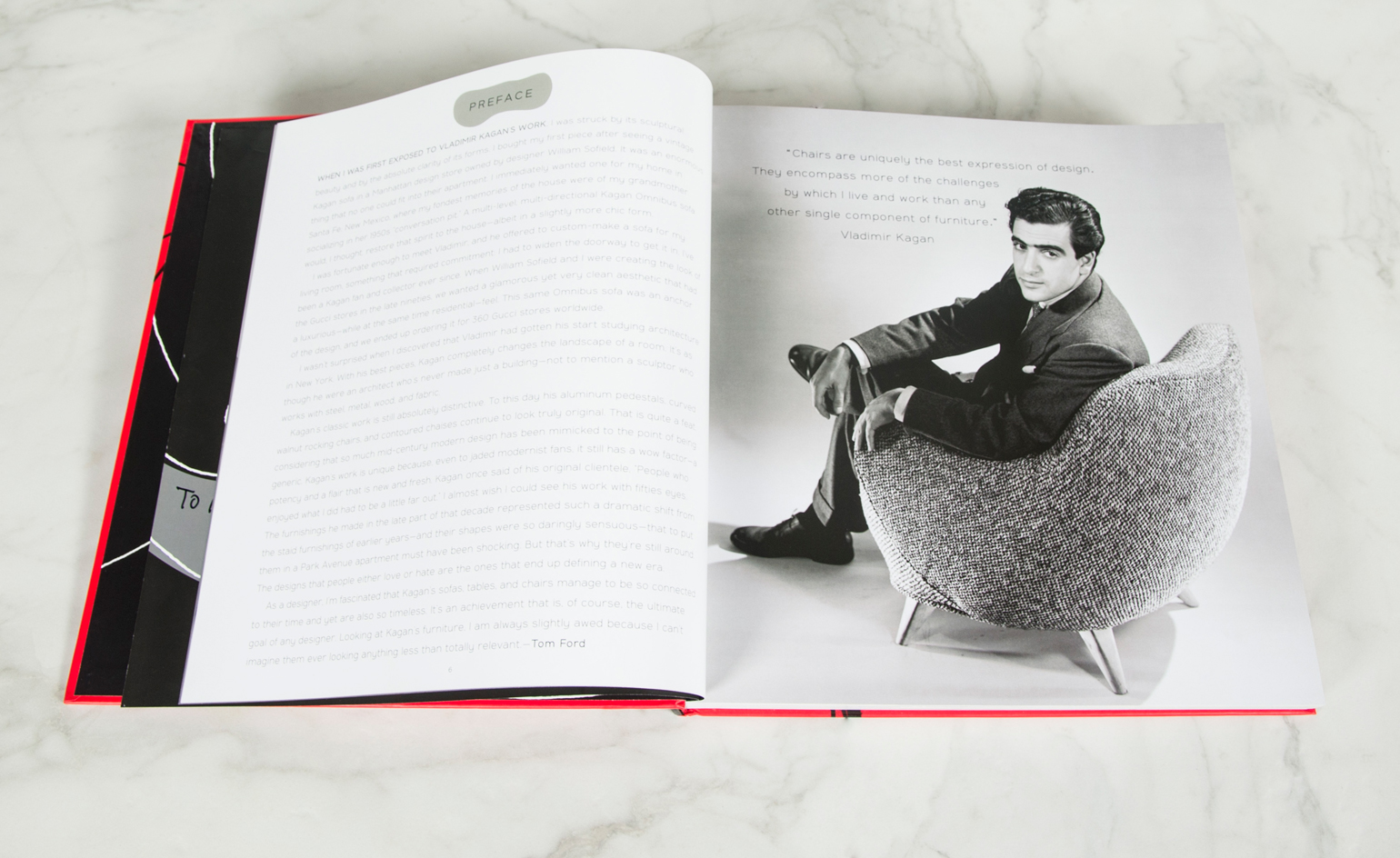
'Chairs are uniquely the best expression of design. They encompass more of the challenges by which I live and work than any other single component of furniture,' Kagan explains
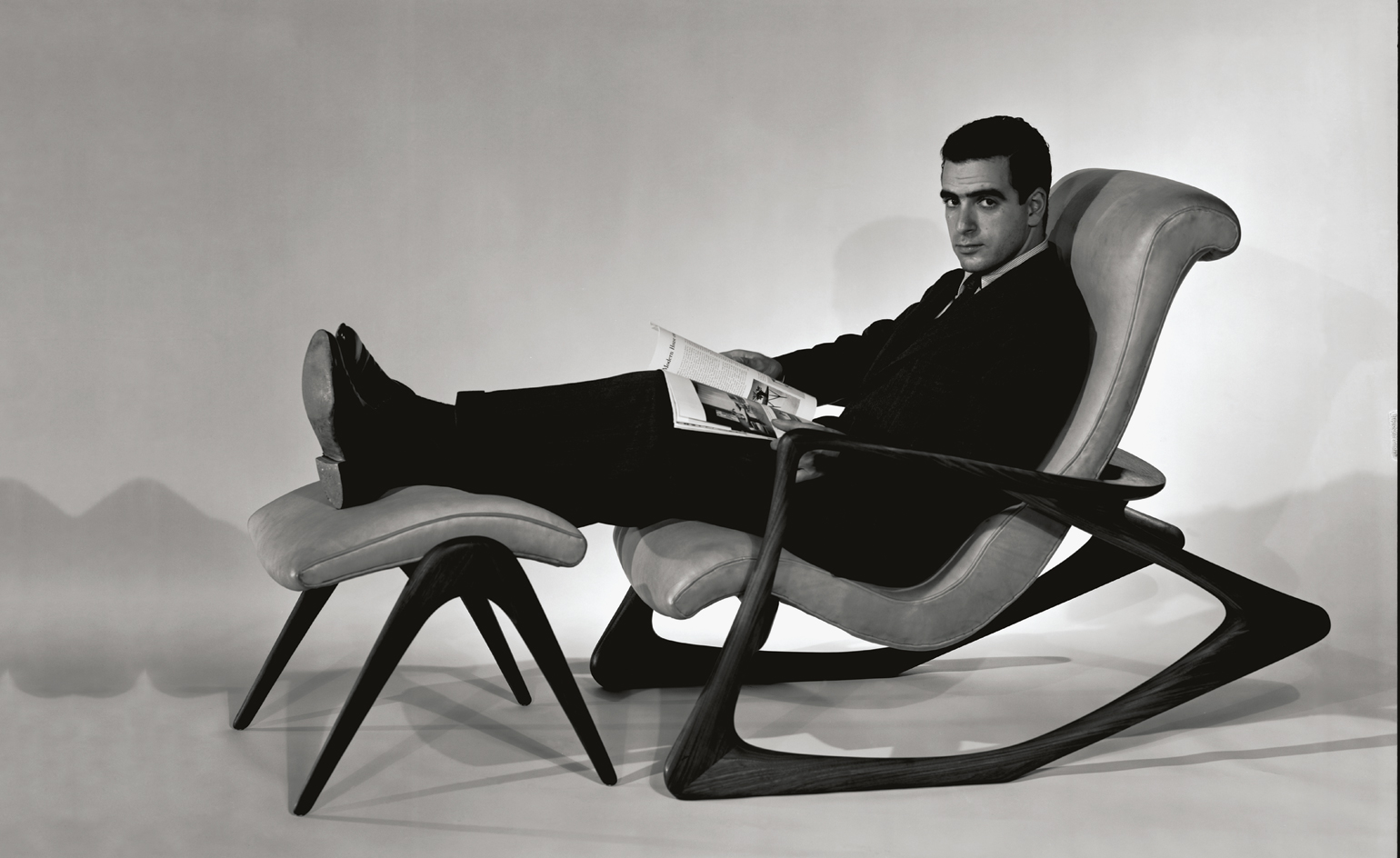
Kagan with the 'Contour Rocking Chair' and 'Foot Stool'.
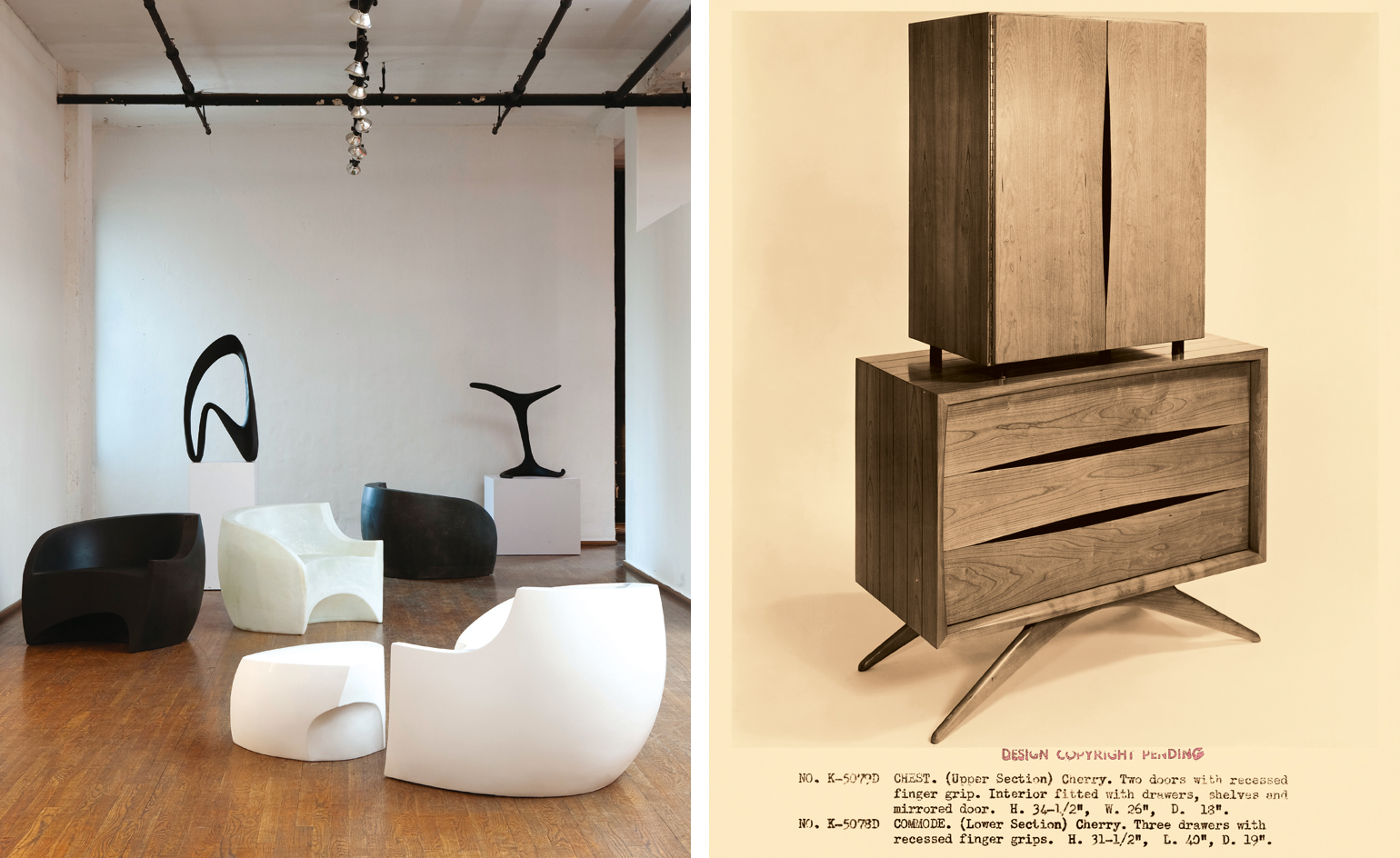
Beginning with his family’s escape from Nazi control, Kagan documents his transformation into one of America’s most recognised furniture designers. Pictured left: 'Pucci Entrance'. Right: Courtesy archive of Vladimir Kagan Design Group
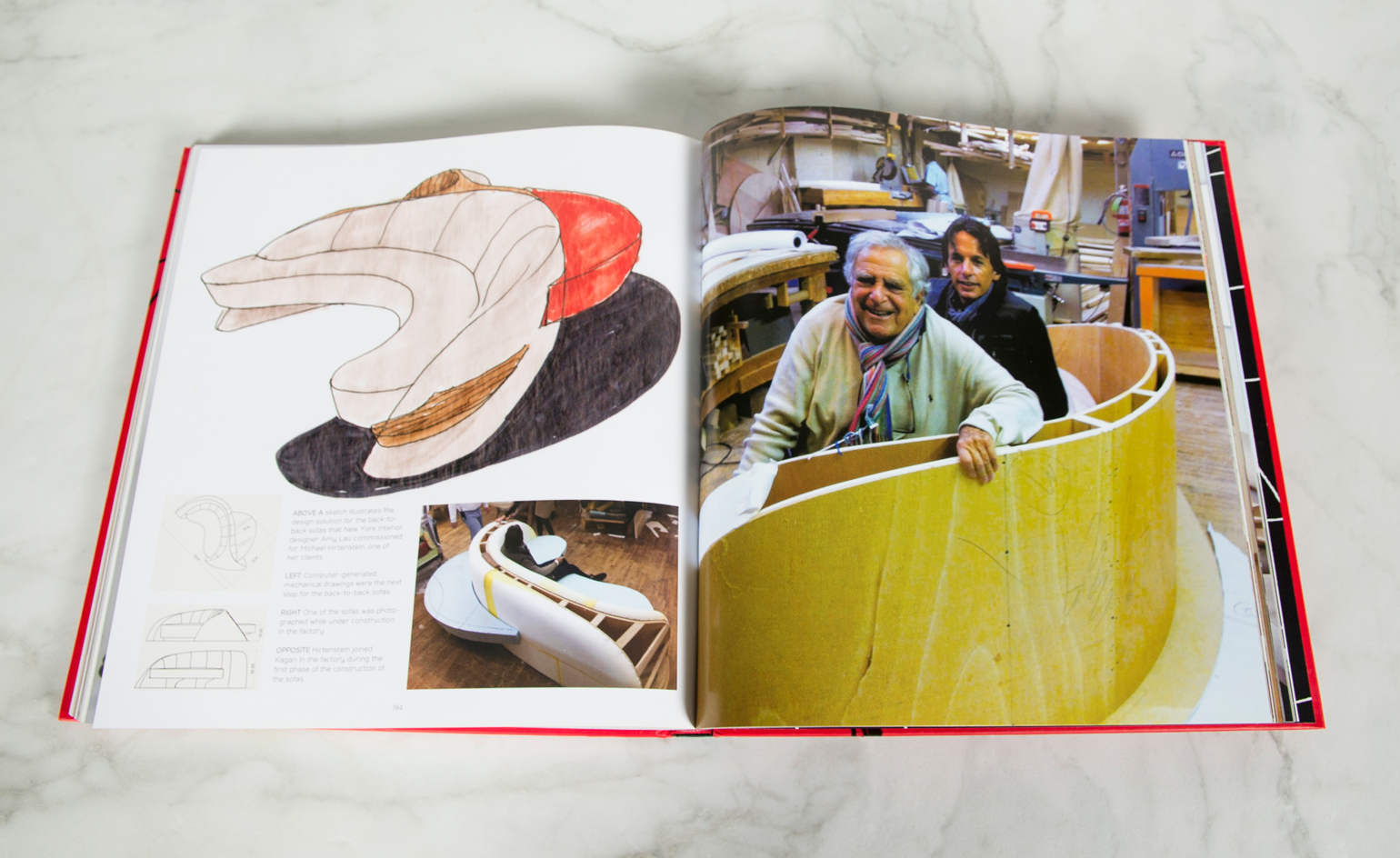
Michael Hirtenstein (pictured right) joined Kagan in the factory during the first phase of the construction of the back-to-back, 'Classic Collection' sofas, along with sketches, and a computer generated drawing (left)
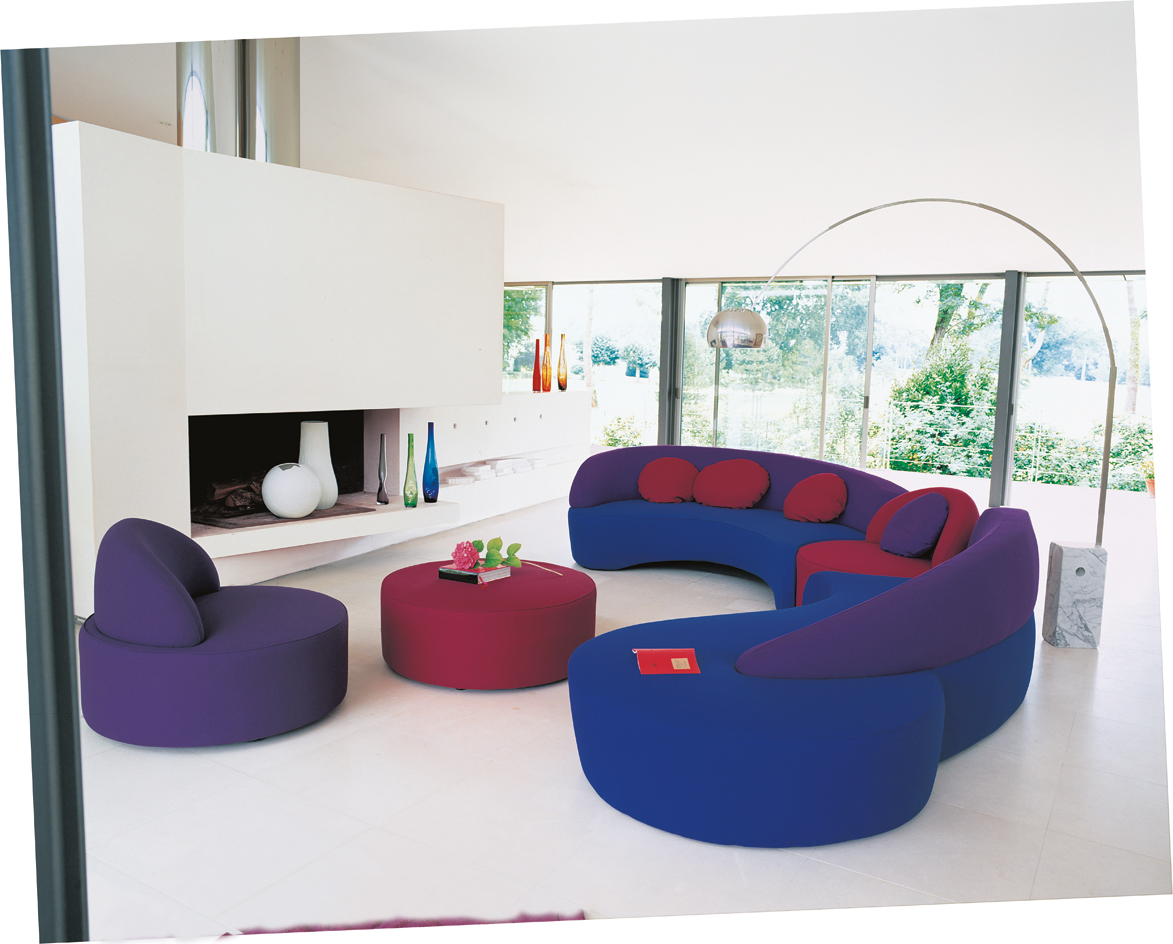
Kagan's 'COMETE largeur' living room set.
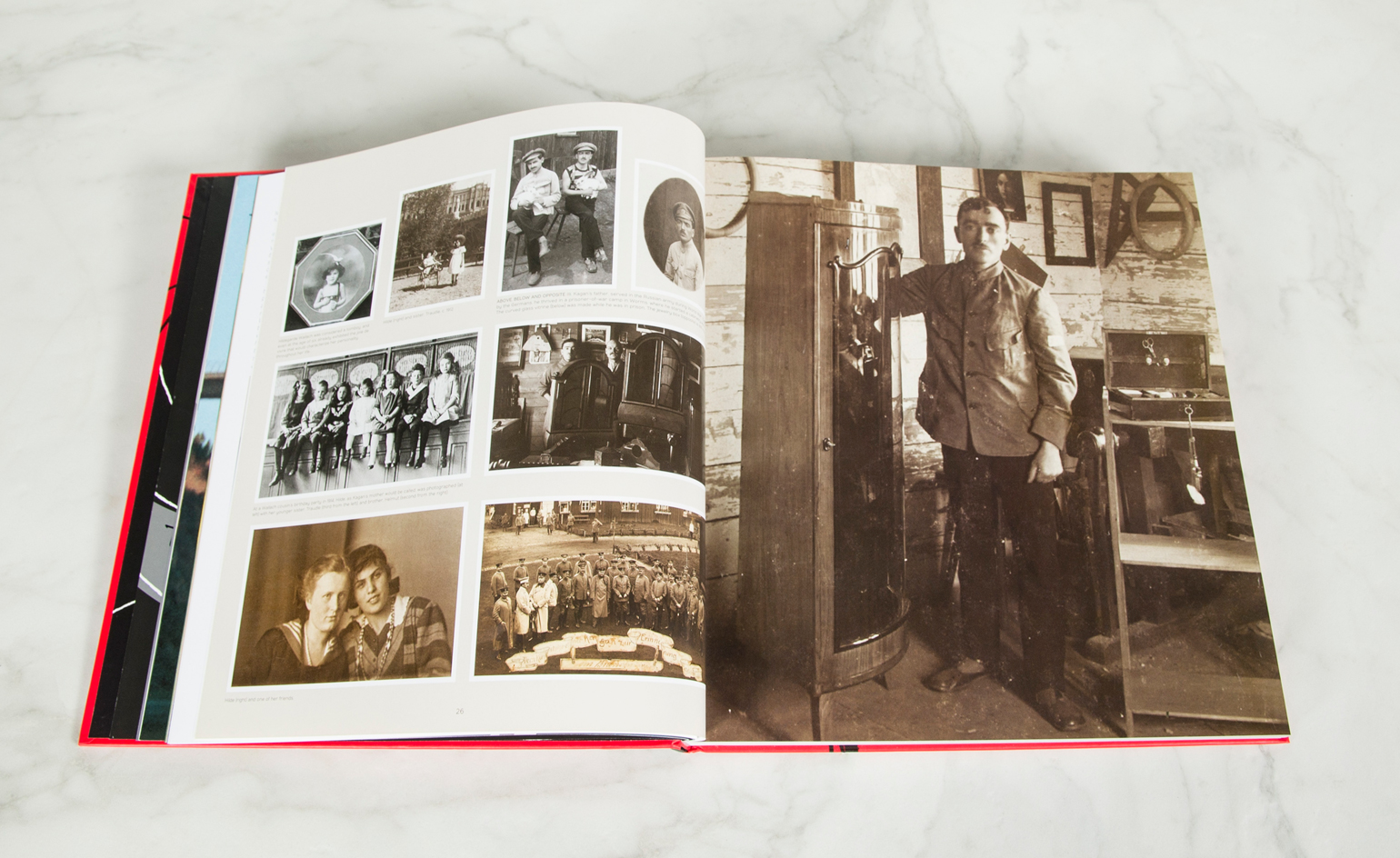
Photographs of Kagan's family, and their life growing up in the midst of the First and Second World Wars

Kagen's show living room, featuring 'Serpentine' sofas from the 'Classic Collection'.
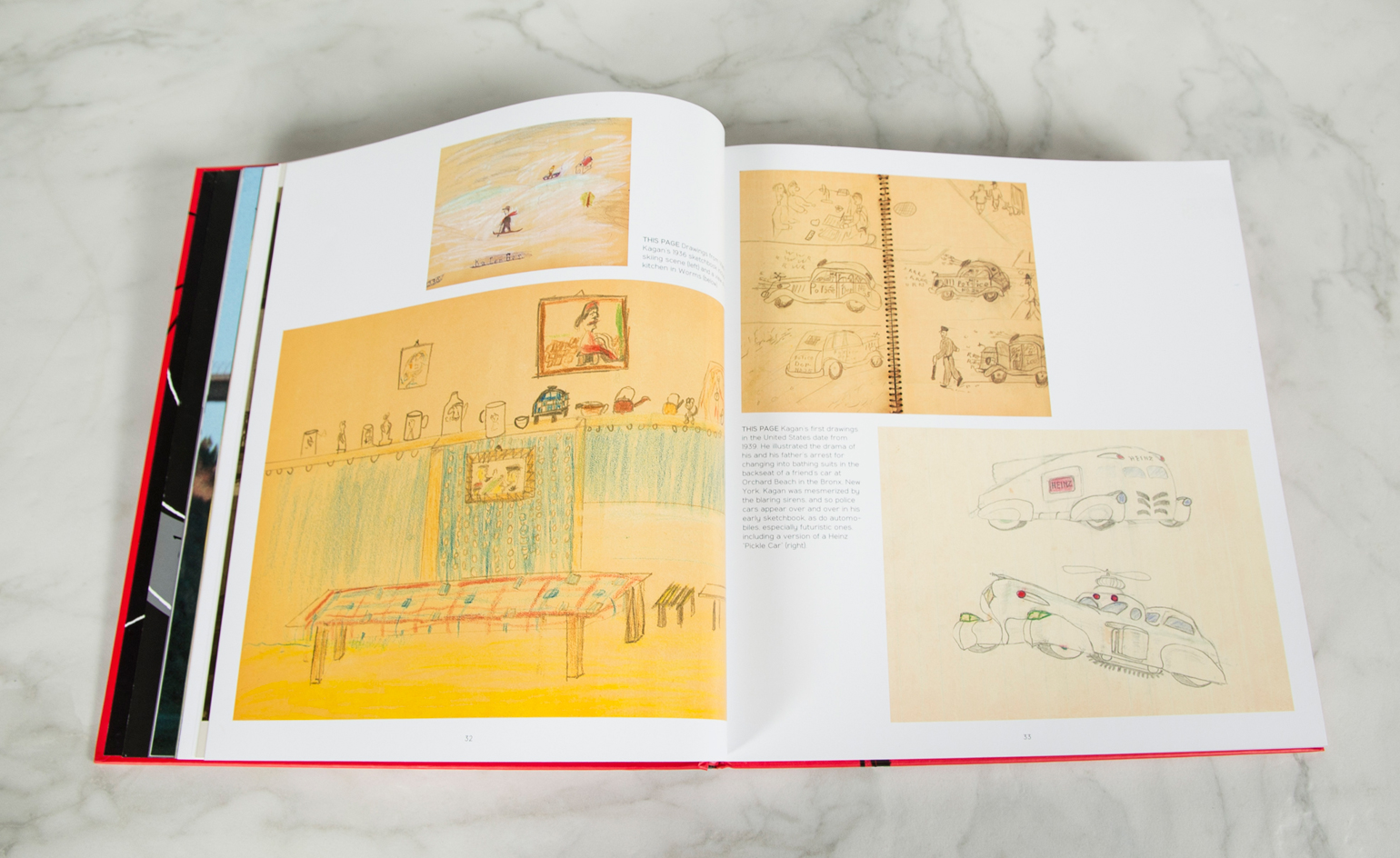
Drawings from Kagan's 1936 sketchbook include a skiing scene and a view of the kitchen in Worms
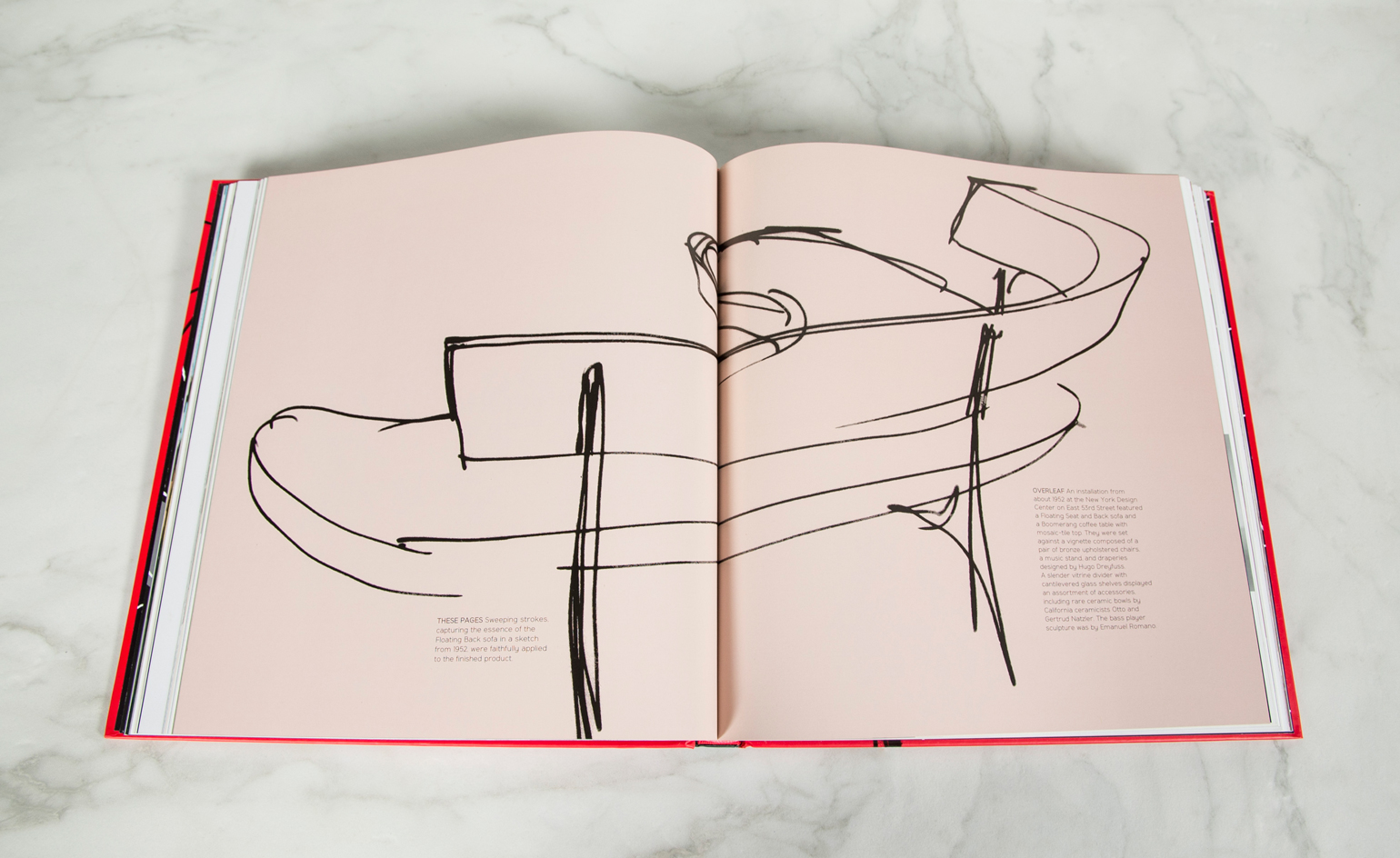
Sweeping strokes capture the essence of the 'Floating Black' sofa in a sketch from 1952

Kagan's opulent master bedroom show room.
INFORMATION
Vladimir Kagan: A Lifetime of Avant-Garde Design, $85, published by Pointed Leaf Press
Wallpaper* Newsletter
Receive our daily digest of inspiration, escapism and design stories from around the world direct to your inbox.
Jonathan Bell has written for Wallpaper* magazine since 1999, covering everything from architecture and transport design to books, tech and graphic design. He is now the magazine’s Transport and Technology Editor. Jonathan has written and edited 15 books, including Concept Car Design, 21st Century House, and The New Modern House. He is also the host of Wallpaper’s first podcast.
-
 ‘I’ve considered every single detail’: how Victoria Beckham designed the perfect make-up brush collection
‘I’ve considered every single detail’: how Victoria Beckham designed the perfect make-up brush collectionVictoria Beckham speaks to Wallpaper* about the meticulous design process behind her debut collection of make-up brushes, which perfectly treads a line between form and function
By Hannah Tindle
-
 Can Maserati modernise or is the sun setting on one of Italy’s most beloved automotive brands?
Can Maserati modernise or is the sun setting on one of Italy’s most beloved automotive brands?Maserati’s GranTurismo Folgore is an epic electric grand tourer without equal. If only its traditionalist customers wanted it more
By Jonathan Bell
-
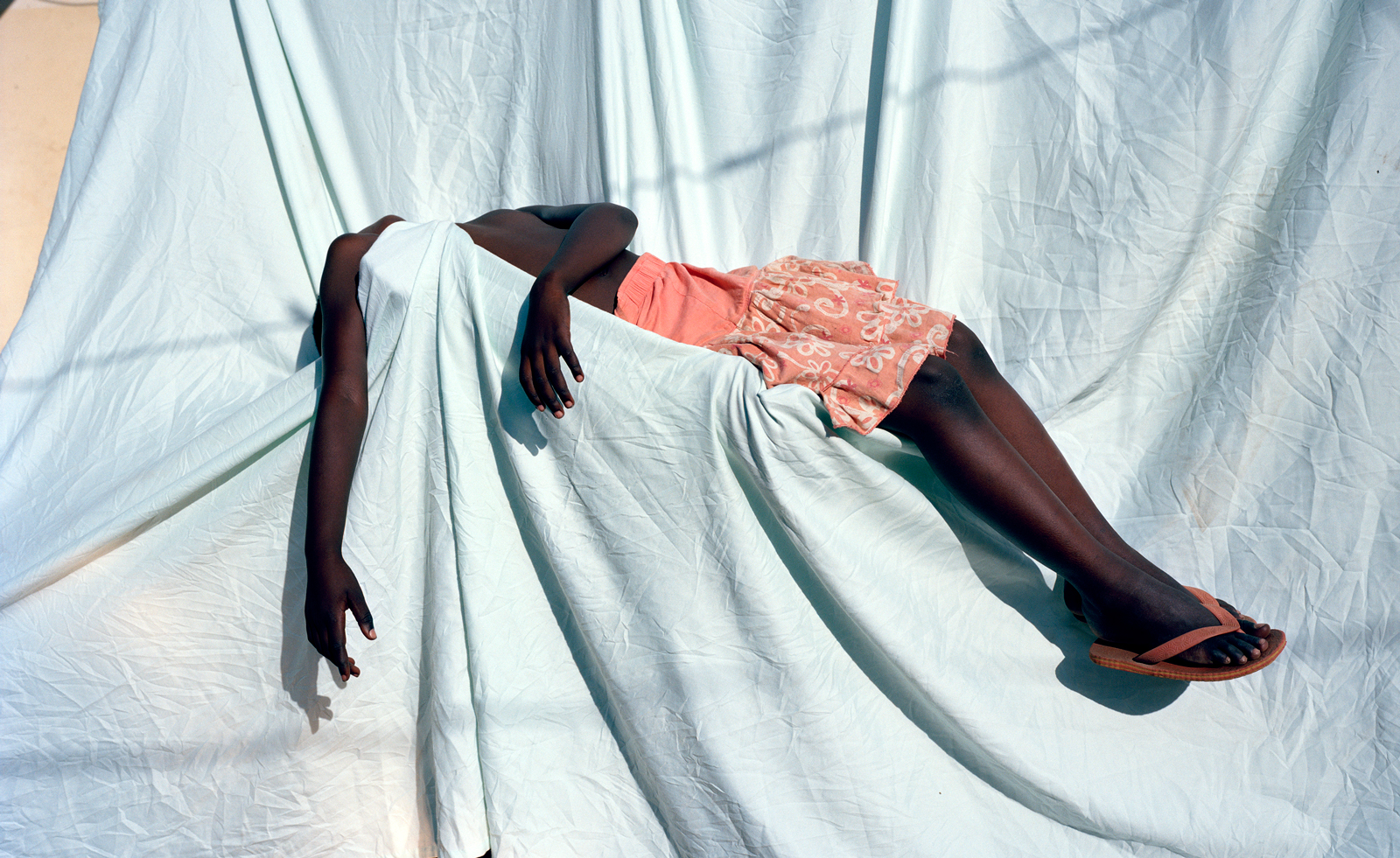 Viviane Sassen considers fine art, fashion photography and fragility in Italy
Viviane Sassen considers fine art, fashion photography and fragility in ItalyViviane Sassen’s exhibition, 'This Body Made of Stardus' at Collezione Maramotti, spans two decades off Sassen's career
By Hili Perlson
-
 Masters of midcentury modern design and their creations spotlighted in new book
Masters of midcentury modern design and their creations spotlighted in new book‘Mid-Century Modern Designers’ is a new book from Phaidon celebrating those who shaped the period and their notable creations, from furniture to objects
By Tianna Williams
-
 Rooms with a view: a new book celebrates the Italian approach to interior design
Rooms with a view: a new book celebrates the Italian approach to interior designLaura May Todd's survey of Italian interiors is the perfect antidote to January gloom, taking a look inside 50 distinctive Italian homes
By Ali Morris
-
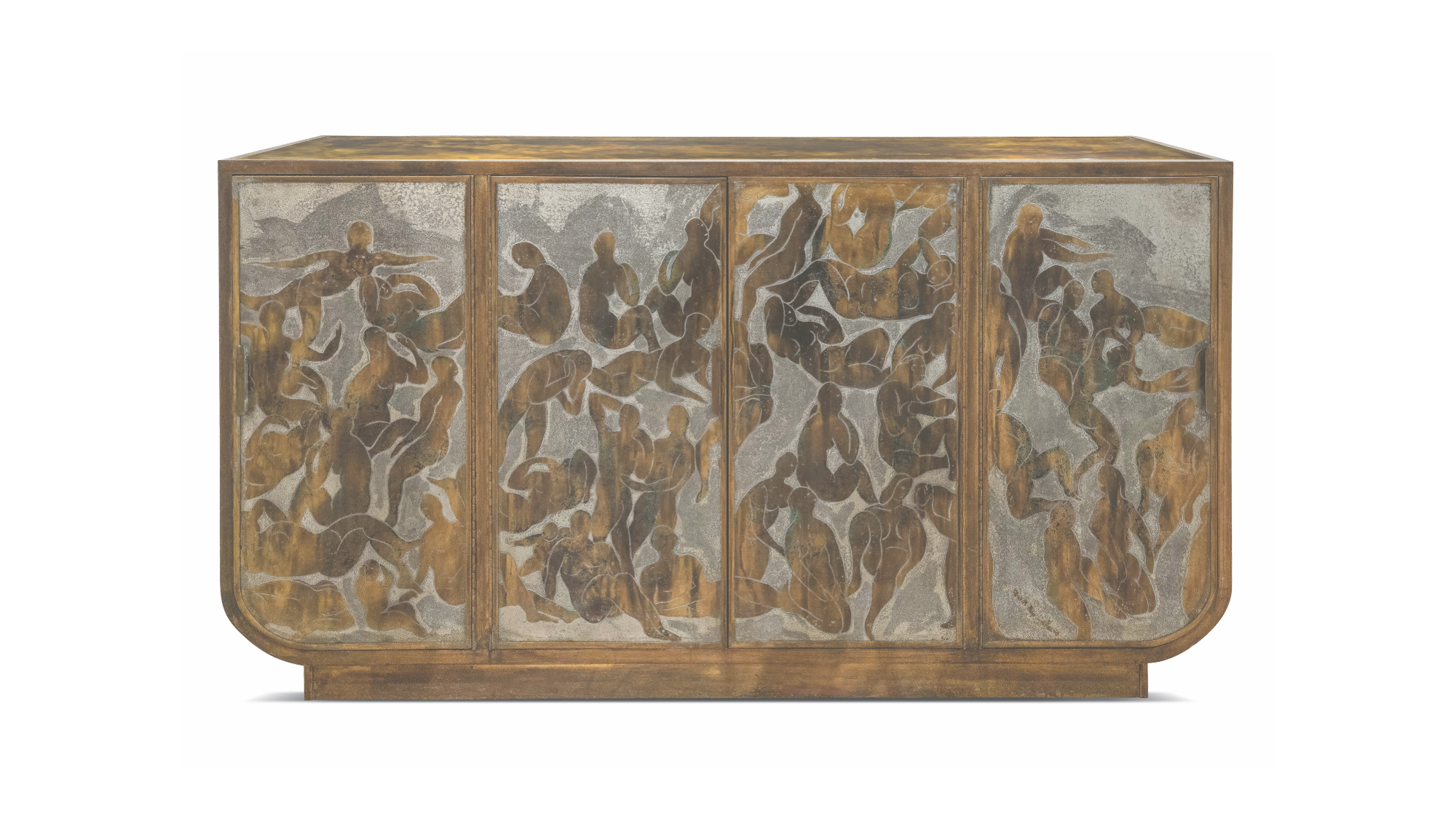 Discover the alchemy of American artists Philip and Kelvin LaVerne
Discover the alchemy of American artists Philip and Kelvin LaVerneThe work of Philip and Kelvin LaVerne, prized by collectors of 20th-century American art, is the subject of a new book by gallerist Evan Lobel; he tells us more
By Léa Teuscher
-
 20 pairs of bookends celebrate contemporary Scottish design and Dundee’s literary heritage
20 pairs of bookends celebrate contemporary Scottish design and Dundee’s literary heritageAs Dundee Design Week gets ready for its fifth edition, a bookish commission shines a light on two pioneering female journalists from the city’s storied past
By Alyn Griffiths
-
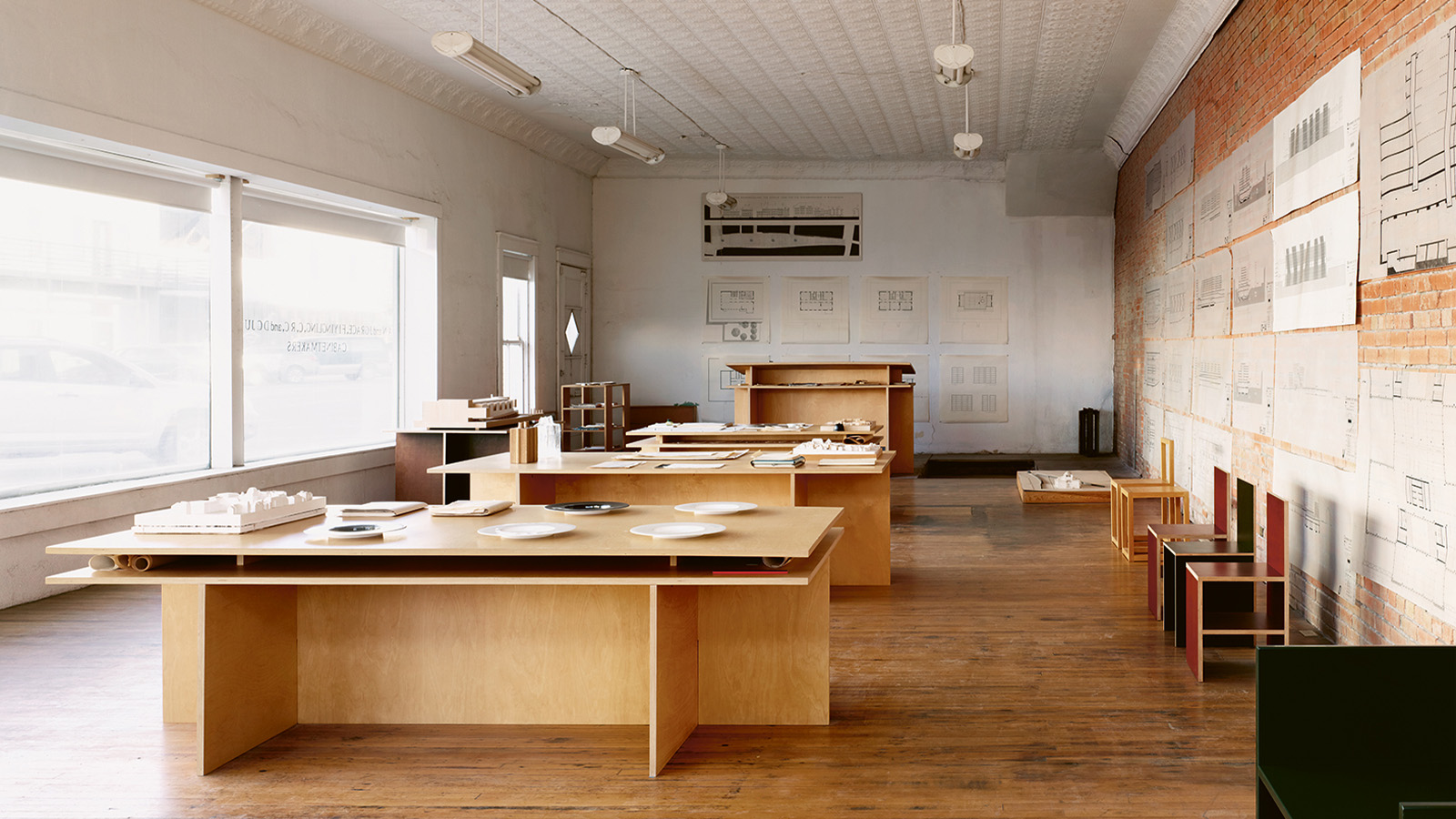 ‘You’ve got to hang out with Judd furniture… you learn something’: Rainer Judd
‘You’ve got to hang out with Judd furniture… you learn something’: Rainer JuddAs new book ‘Donald Judd Furniture’ lands, the artist’s children Rainer and Flavin discuss their father’s legacy
By Diana Budds
-
 Discover London’s lesser-known design gems with ‘an opinionated guide’
Discover London’s lesser-known design gems with ‘an opinionated guide’‘An opinionated guide to Design London’ by Sujata Burman and Wallpaper’s Rosa Bertoli is a carefully curated tour of intriguing design spots across the capital
By Tianna Williams
-
 Well hung? We interview Martino Gamper about his new book of (around) 1,000 hooks
Well hung? We interview Martino Gamper about his new book of (around) 1,000 hooksItalian maverick designer Martino Gamper doesn't hang around. He has a new book featuring 1,000 hooks made by hand. We ask him how and why...
By Hugo Macdonald
-
 New Louis Poulsen book explores the Danish lighting company's illuminating world
New Louis Poulsen book explores the Danish lighting company's illuminating worldLouis Poulsen: First House of Light, published by Phaidon, is a new design book delving into the Danish company's world of radiant lighting
By Jens H Jensen